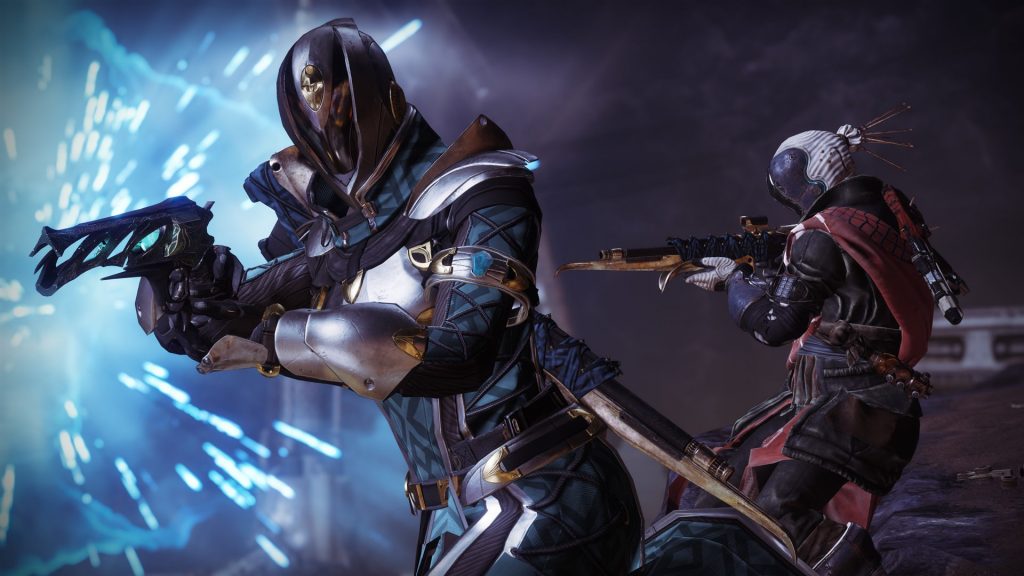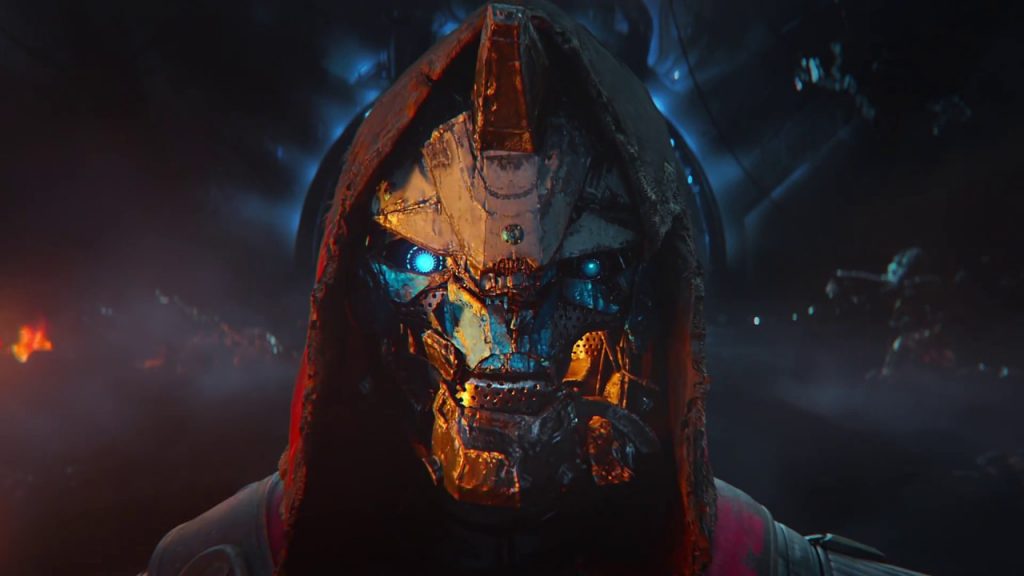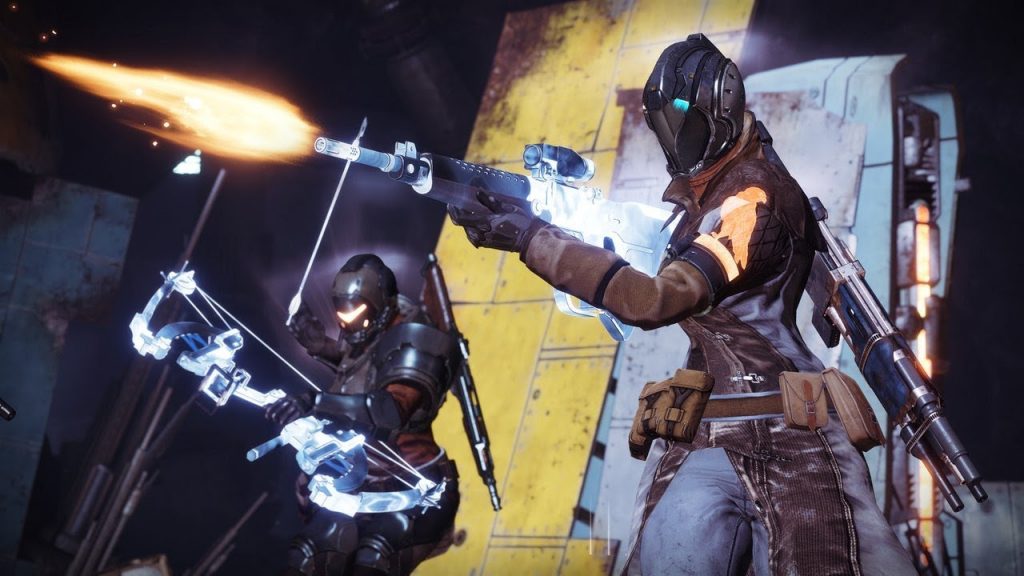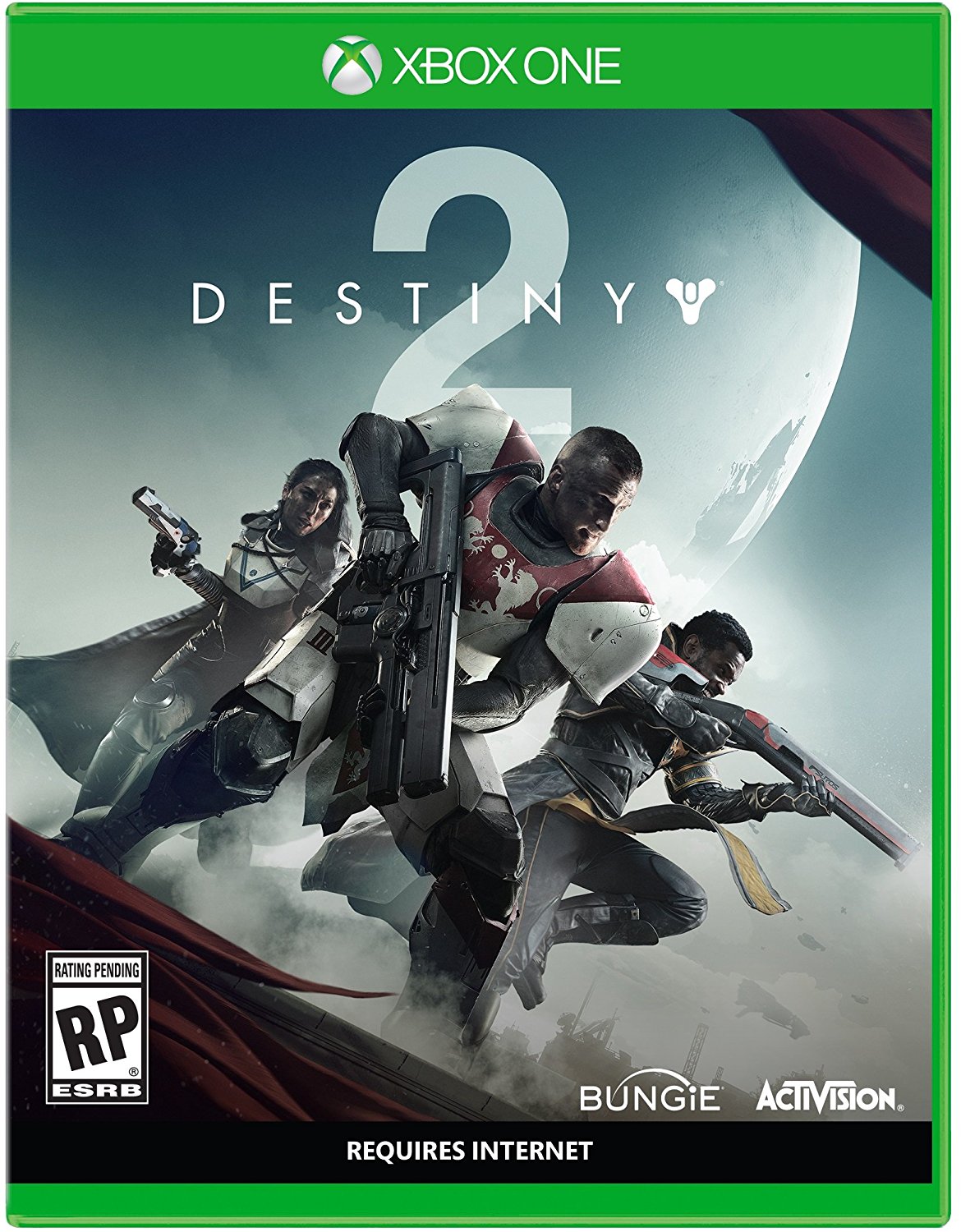
When the original Destiny launched back in 2014, it was met with a lot of excitement and initial praise because of its enjoyable gameplay and interesting world. But opinions on the game eventually changed when players found that there wasn’t much else to it, with its thin story and limited content. Even after two expansions, things only started to turn around for the original Destiny a year later when its third expansion, The Taken King, was released, which saw significant changes to its gameplay and added enough content that fans would not only return to the game but also stay around for the release of its last expansion, Rise of Iron.
The release of Destiny 2 last year shared a similar story. The game was lauded for improving some of its predecessor’s shortcomings, providing a more coherent and compelling narrative as well as adding several quality-of-life improvements, while also being criticised for taking away some of the aspects that made the original so great, such as the removal of random rolls and the change to a more restrictive weapon system. Destiny 2 also faced an issue that its predecessor didn’t, the lack of a proper end-game. There really wasn’t any reason to keep playing once they cleared all the available content. And just like its predecessor, the first two expansions of Destiny 2 didn’t do much to improve the issues it was facing.
"Two of the most interesting are the fights with the Rider, which somewhat forces the player to fight with a Pike, and the Trickster, which leaves players guessing which ammo drops are actually traps left by the Baron."
A year later, just like The Taken King with the original Destiny, Forsaken is promised to finally fix many of the issues that have plagued Destiny 2 since its launch. And while I can say that it succeeds at accomplishing that, it also gives players so much more.
Starting the Forsaken expansion proper thrusts players into the middle of a jailbreak at the Prison of Elders, a place players of Destiny’s House of Wolves expansion will remember, where fan-favorite character Cayde-6 meets his untimely demise at the hands Uldren Sov, the expansion’s primary antagonist, and his thrall of Scorn, the new group of enemies players will be facing in Forsaken. The Scorn, a group of mutated Fallen, are led by a group of eight Barons that have allied themselves with Uldren. Cayde-6’s death divides the remaining Vanguard on whether they should pursuit Sov and his Scorn are allow their comrades death to go unanswered. Ultimately, the player takes on the quest for justice (or revenge) without the direct involvement of the Vanguard.
The rest of the campaign sees the player venture into the Tangled Shore, one of the new areas introduced with Forsaken, to hunt down each of the Barons and eventually Sov himself. The campaign introduces new characters like Fallen crime syndicate boss Spider and the return of familiar faces like Petra Venj, both of which will provide the bulk of the missions for the Forsaken campaign. While most of the main missions in Forsaken, including the hunt for the Barons and Sov, are held in the Tangled Shore, some of them lead the players back to previous areas such as the EDZ and Io. Players will also have the option to choose which missions they want to take that will lead to the Barons themselves and even have the choice of which order they want to take down the Barons, with the exception of their leader, The Fanatic, who the player faces last before taking on Uldren Sov, giving the expansion a less strict linearity without sacrificing its narrative.
While players may mostly choose which Barons they want to take down first, each has a recommended Power Level listed but these aren’t strict guidelines and players will be able to defeat them even with lesser gear, with some effort. Each of the Barons have unique and interesting characteristics and mechanics that players have to overcome and I found that some weapons work better than others for some of them. Two of the most interesting are the fights with the Rider, which somewhat forces the player to fight with a Pike, and the Trickster, which leaves players guessing which ammo drops are actually traps left by the Baron. None of the Barons are impossibly difficult but they each provide a distinct and enjoyable challenge for players to experience.
"The release of Forsaken coincided with the return of many of the issues players were facing during the game’s initial launch, namely its strict weapon system and its lack of a compelling end-game."
The campaign of Forsaken is one of the game’s best so far, with its engaging and compelling narrative. The death of Cayde-6, something fans have known since it was revealed in the expansion’s story trailer back in E3, gives the player a stronger and more personal motivation to pursue the story much more than the usual “save the galaxy” arc. And while the revelations at the end of the campaign does bring the narrative back to something of universal importance, it only serves as a transition and backdrop to the other new area the expansion brings into the fold, which acts as its new end-game – the Dreaming City – which is set to solve the game’s lack of a proper end-game.
The Dreaming City not only plays host to Forsaken’s new raid, The Last Wish, but it also provides a whole new end-game area for players to explore. The Dreaming City features new enemies to fight, places to discover, quests to complete, events to participate in, Strikes to accomplish, and whole lot more. The new area is constantly changing as times goes by and players discover and clear more of its content. After The Last Wish raid was cleared for the first time, a new set of content was unlocked for everyone in the Dreaming City. The introduction of this constantly evolving end-game area gives players something to keep coming back to and be part of as more and more content is expected to be unlocked as times goes on.
The release of Forsaken coincided with the return of many of the issues players were facing during the game’s initial launch, namely its strict weapon system and its lack of a compelling end-game. With the release of Forsaken, Bungie also introduced a new patch (available for all players) that revamped the weapon system into something that may well be the best version the franchise has seen yet. And while the new system may feel a bit confusing at first, especially for those who have gotten used to its previous iterations in both Destiny 2 and the original Destiny, it ultimately allows players a wider range of variety and flexibility that leads to a more engaging and exciting end-game.
The old weapon system introduced when Destiny 2 first launched that involved two primary weapons (kinetic/energy) and one power weapon limited loadouts drastically compared to how they were in the first game. It put many of the special weapons like shotguns, sniper rifles, and fusions rifles in the same slot as rocket launchers and grenade launchers so players could no longer wield both a shotgun and a rocket launcher. The new system keeps the same damage type slots (kinetic, energy, power) and ammo types but weapon types are no longer completely exclusive to certain damage types or weapon slots, allowing players to create some interesting mixes of weapons depending on their playstyle.
"Getting to the end-game of Forsaken isn’t so difficult as well. Progression in Forsaken isn’t as grindy as one would expected, at least until the player reaches power level 500, the game’s current soft cap."
Weapons considered as special, like shotguns and sniper rifles, can now also be used in the kinetic or power slot, provided that their damage type coincides with it. The same goes for the energy and power weapon slots, so players can potentially equip three shotguns or three sniper rifles if that’s what they want. There’s still some understandable limitations to the new system, which is mostly dependent on the roster of weapons currently available in the game. I’ve yet to come across a hand cannon that does Power damage, making it equippable in the Power slot. But it does allow Bungie to introduce some unique weapons, such as the just mentioned Power hand cannon, later on.
The drawback with the new system though is that weapon types still use their corresponding ammo types. Shotguns and sniper rifles still use special ammo (green), hand cannons and scout rifles still use primary ammo (white), and rocket launchers still use heavy ammo (purple). So if you do decide to equip three shotguns, you’ll be stuck using the same type of ammo for all of them, which drastically limits the ammo at your disposal and leaving the other ammo types unused. This provides a somewhat soft restriction to the new weapon system as it encourages players to find optimal loadouts that make use of all the ammo types.
The other significant feature the release of Forsaken brought back into the game is random item rolls. When Destiny 2 was first launched, it stripped away the random perk rolls that were present in the original game, and introduced weapons with static perks. This meant that getting a duplicate loot drop was meaningless and took away a feature that was significant to the game’s replayability. In Forsaken, random perk rolls have returned and once again gives players incentive to keep playing to hunt for that perfect roll, helping the game provide a better end-game experience than it previously had.
Getting to the end-game of Forsaken isn’t so difficult as well. Progression in Forsaken isn’t as grindy as one would expected, at least until the player reaches power level 500, the game’s current soft cap. I was able to steadily increase my power level just by going through the campaign and doing the occasional event, which provided a constant stream of better equipment. Apart from going through the quest line that unlocked the new Super and its accompanying abilities, there wasn’t much additional grinding need to keep up with gear nor experience until I reached power level 500.
"The release of Forsaken and its accompanying changes has finally brought Destiny 2 into a place that players, old and new as well as hardcore and casual, will be able to easily enjoy."
Once players reach the end-game, there’s no shortage of content for players to tackle to reach the new power level cap of 600. There are now new weekly and daily bounties along with the aforementioned new activities unlocked in the Dreaming City. While grinding isn’t for everyone, the grind provided by Forsaken’s end-game is what was crucially missing from Destiny 2’s initial release. The new activities partnered with the new weapon system and random perk rolls have given the game the proper and enjoyable end-game that dedicated and even casual players would keep coming back to.
Progressing into and throughout the end-game isn’t the easiest of tasks though. All the enemies in the Dreaming City are above power level 500 and players who have just entered the area will find themselves initially struggling to keep up and survive. But with all the content the new area has to offer, players will also find themselves steadily overcoming the difficulty curve of the Dreaming City.
It’s pretty safe to say that Forsaken is to Destiny 2 as The Taken King was to the original Destiny. The release of Forsaken and its accompanying changes has finally brought Destiny 2 into a place that players, old and new as well as hardcore and casual, will be able to easily enjoy.
This game was reviewed on the PlayStation 4.
Revamped weapon system, return of random perk rolls, proper end-game, compelling and engaging narrative.
Changes might have come too late, the return of the grind may turn off some.





















